Modern Oceanic Whitetip Shark Teeth 5/8 Perfect for Etsy
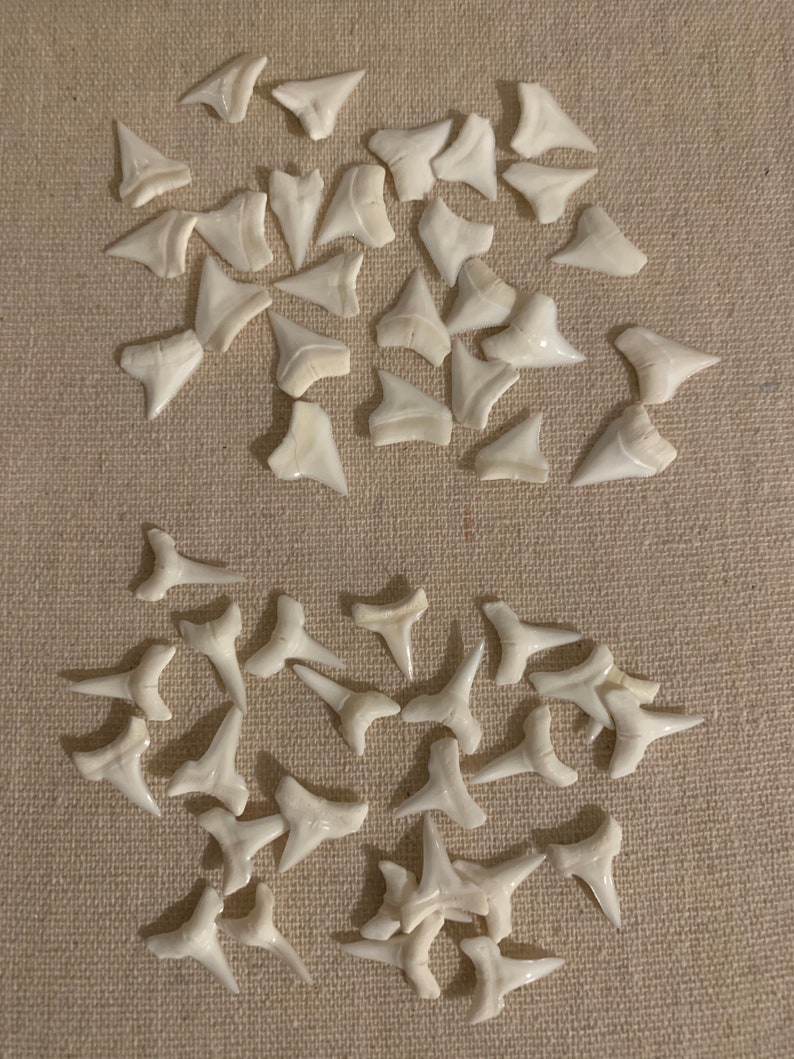
Oceanic Whitetip Shark and Pilot Fish. (© Greg Lecoeur / Nature's Best Photography Awards 2018) Ocean Views Highly Honored. "This shark is an apex predator, and is an important species for the good health of the ocean. Accompanied by pilot fish, this inquisitive pelagic shark inspects everything and does not hesitate to come into contact.
Proposed Threatened Listing for the Oceanic Whitetip Shark Epic Diving
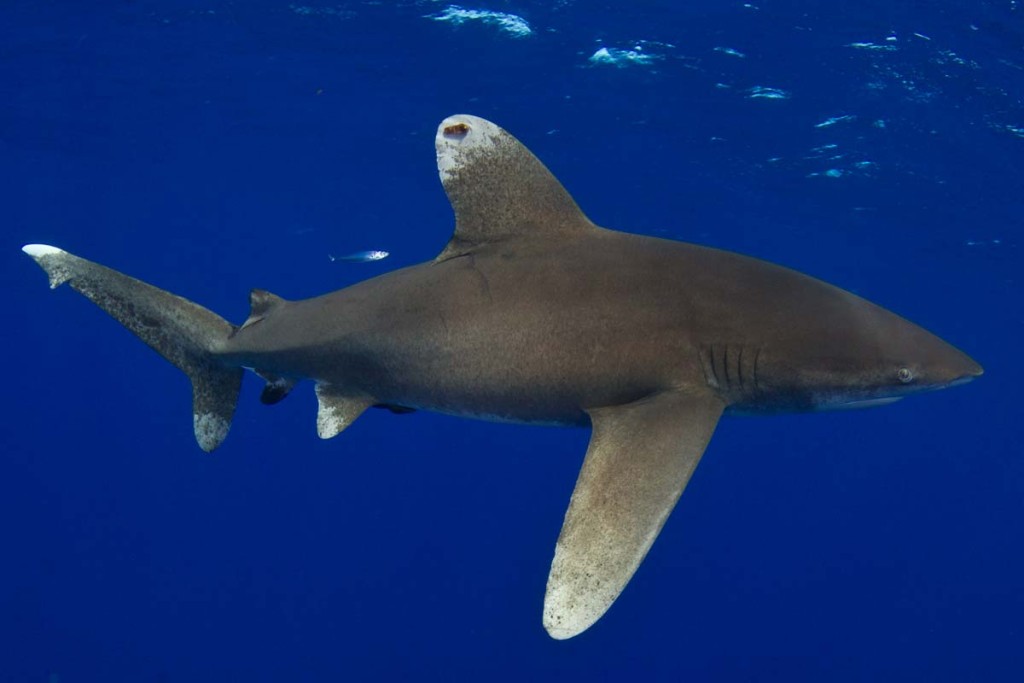
Like all sharks in the genus, the Oceanic Whitetip shark has a placental sac and gives birth to live young. Their gestation period is about a year long. One litter typically ranges from one to 15 pups. When born, the babies are about 24-inches long. Sexual maturity depends on the shark's size, not age.
Oceanic Whitetip Sharks Facts And Info Guide Dutch Shark Society

Oceanic whitetip sharks, Carcharhinus longimanus (Poey, 1861), aka white-tipped shark, whitetip oceanic shark and whitetip shark, are large stocky sharks with a huge, rounded first dorsal fins and long, wide-tipped pectoral fins. Their snouts are blunt and rounded; their upper teeth are triangular and they have an interdorsal ridge. Their dorsal side (upper) is usually dark gray with a bronze.
OWT1
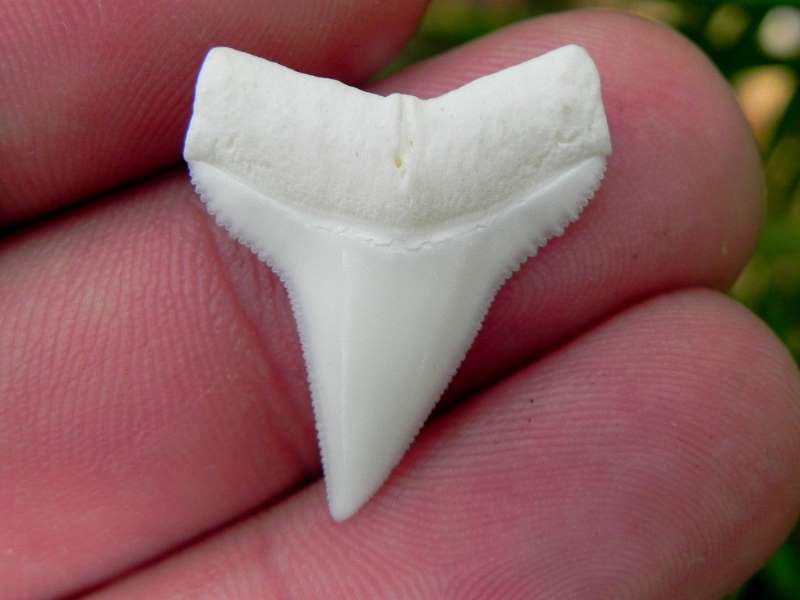
The Oceanic Whitetip Shark is a top predator and an aggressive pelagic species of shark found in open waters of warm tropical and subtropical regions around the world. It is scientifically known as Carcharhinus longimanus and is easily identified by the unique white tips of its fins. These remarkable sharks are known for their speed and agility.
1 Modern Oceanic white tip Shark Tooth 20 inch long Etsy
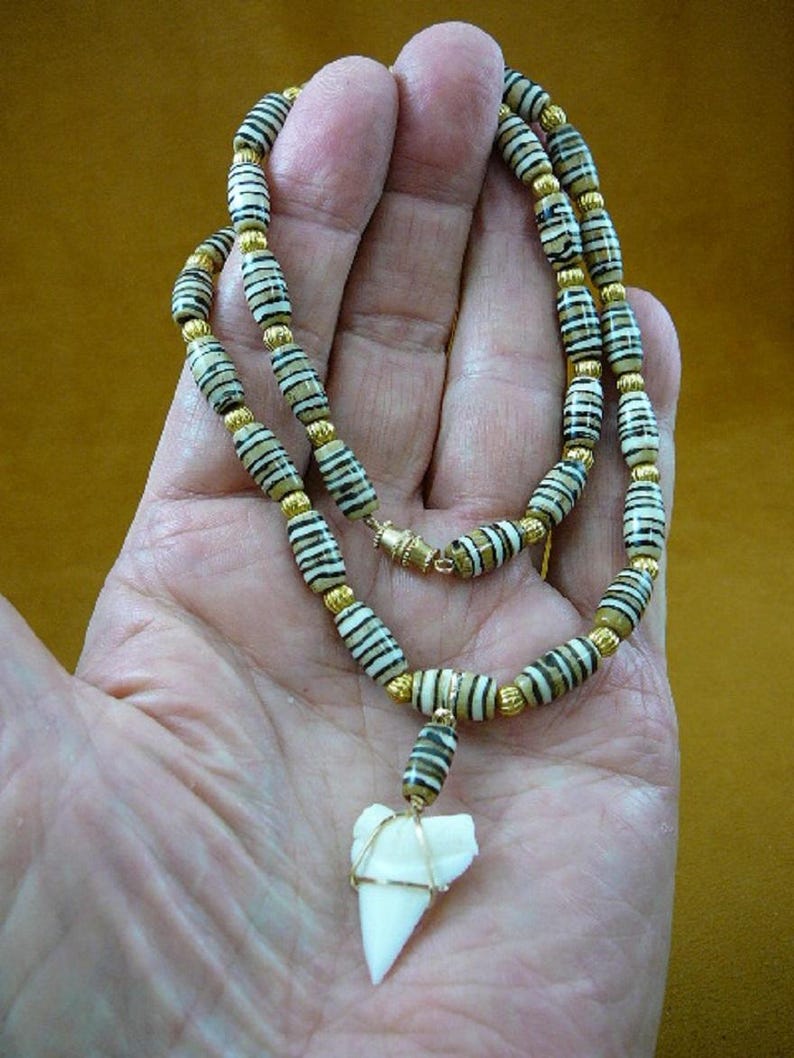
Oceanic whitetip sharks are bronze-grey above, and pale below. They are born with prominent black tips to the second dorsal, pectoral, pelvic, anal and lower lobe of the caudal fin. These become white when they about 130 cm long. The maximum reported size is 3.9 m in total length but individuals more than 3 m in length are considered exceptional.
A Small Victory for a Dwindling Species Oceanic Whitetip Sharks Earthjustice
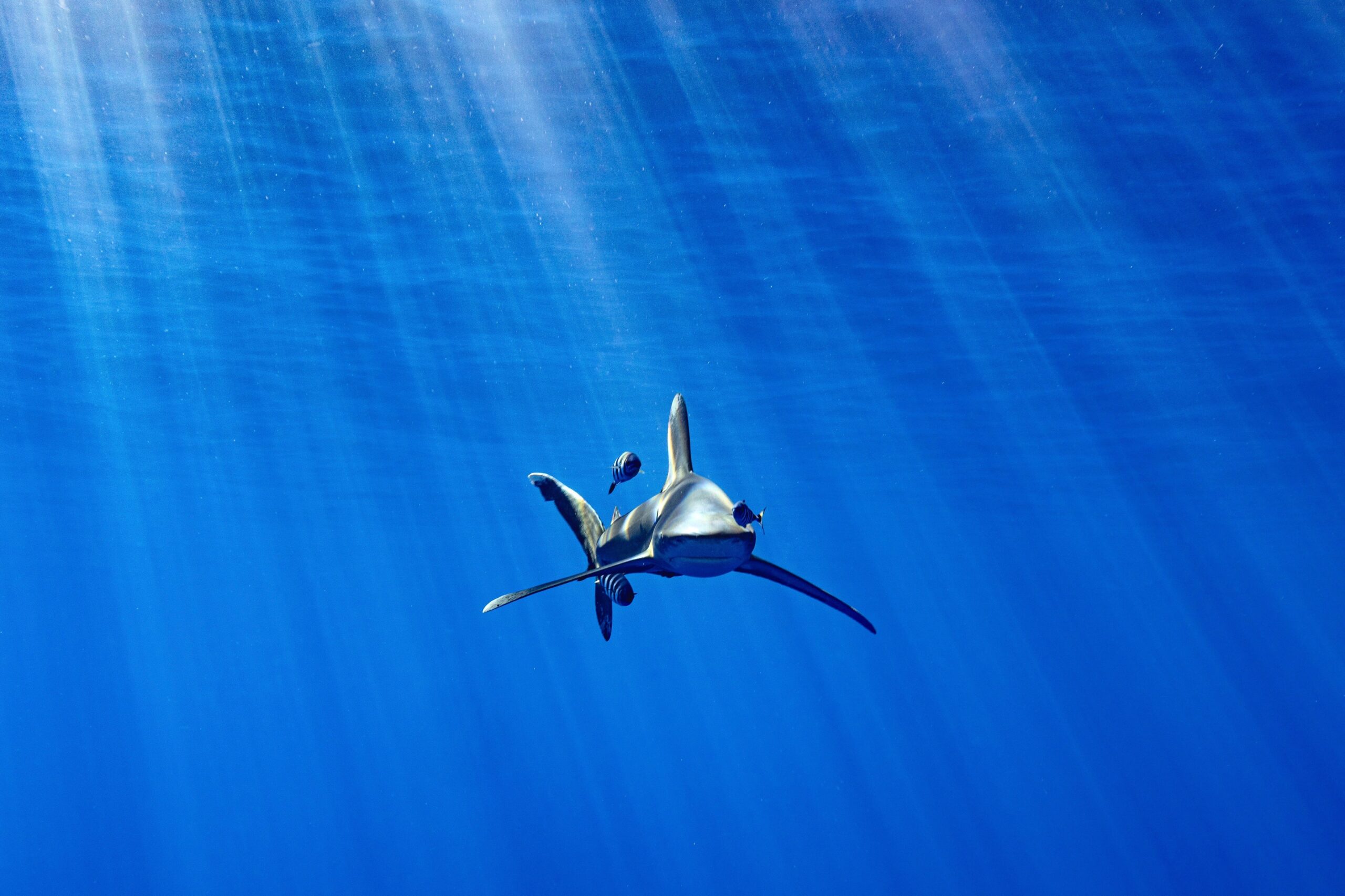
They are aggressive, opportunistic hunters. Because oceanic whitetip sharks spend so much of their time moving through open water, their meals can be few and far between, so they'll take a shot at any food they can get. They usually hunt large bony fish like tuna and marlin, as well as octopus, squid, sea birds and even some smaller shark.
What Are Oceanic Whitetip Sharks Shark Answers
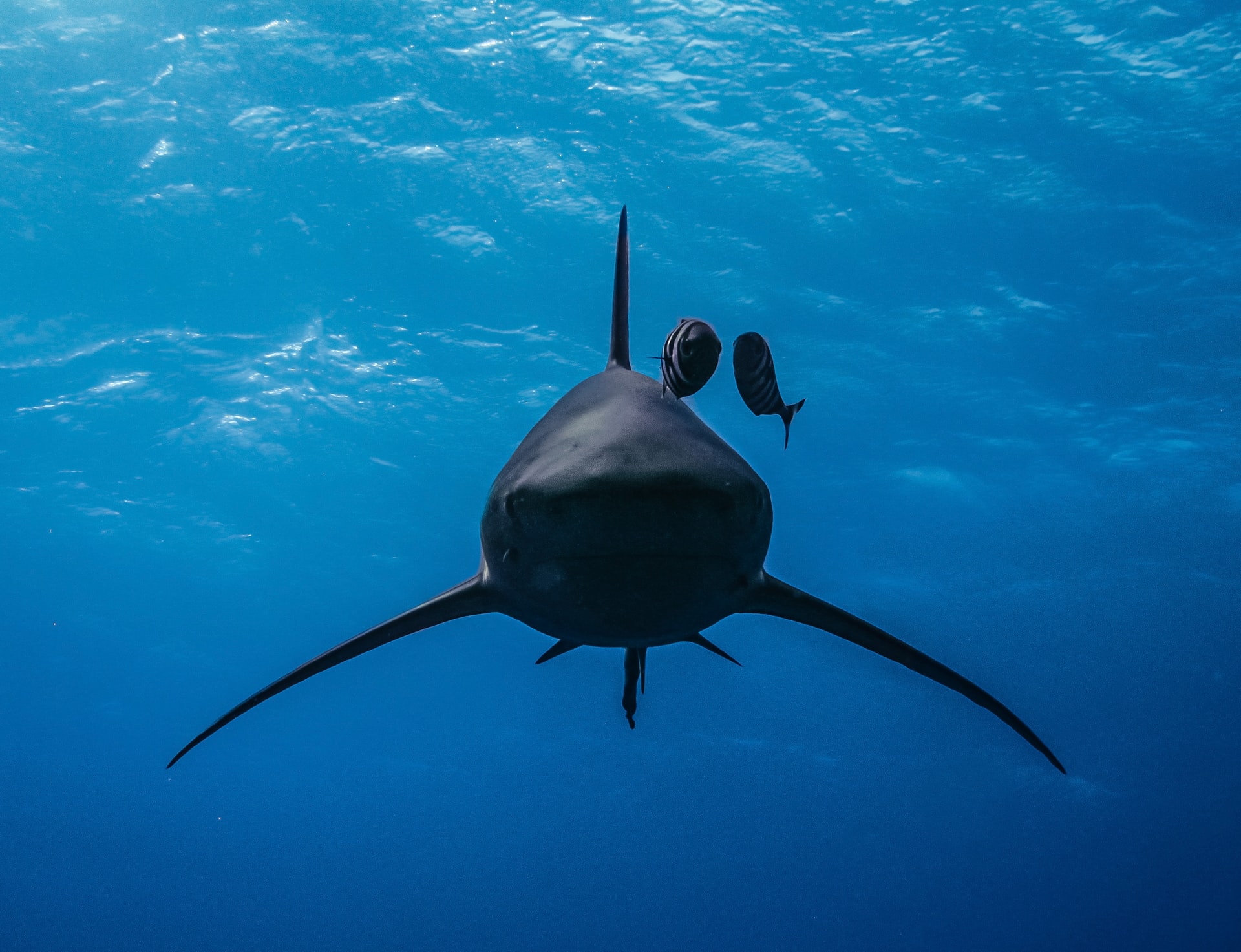
Hawaiʻi longline fishermen use leaders to connect weighed branch lines and baited hooks. A new rule prohibits steel wire leaders in the Hawaiʻi deep-set longline fishery, starting May 31, 2022. The rule aims to increase the survival of hooked oceanic whitetip sharks caught as bycatch in the Pacific Islands region. Credit: NOAA Fisheries.
Oceanic Whitetip Shark Diving Trip Big Fish Expeditions
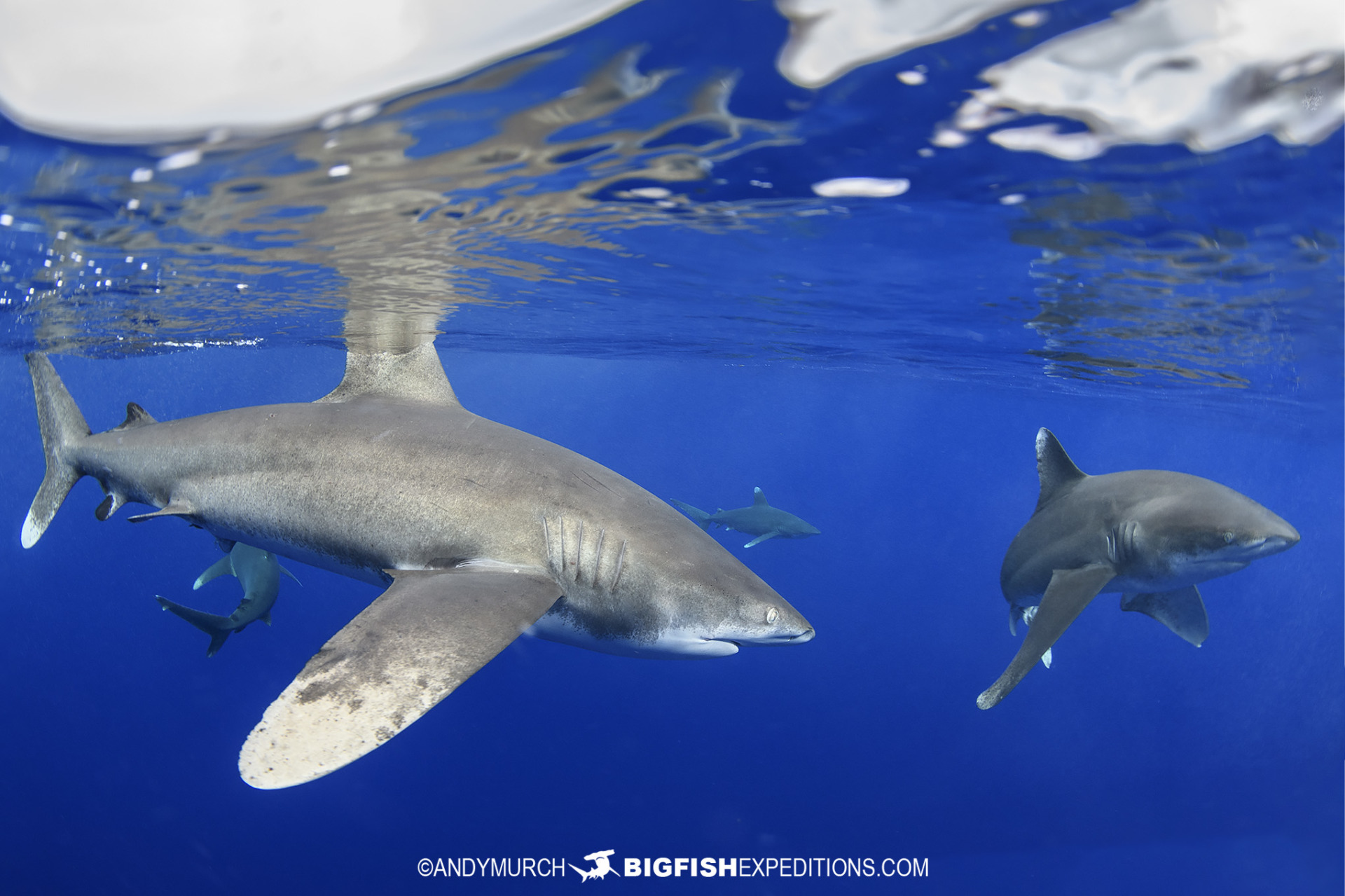
The oceanic whitetip shark, Carcharhinus longimanus, is a pelagic shark, roaming the open ocean. It is distinctive by its white tipped first dorsal, pectoral, pelvic and caudal fins. The body color of the oceanic whitetip shark ranges from grayish bronze to brown. Its underside is white, although some specimens possess a yellow tinge.
Oceanic Whitetip Shark Lord of the Longhands Epic Diving
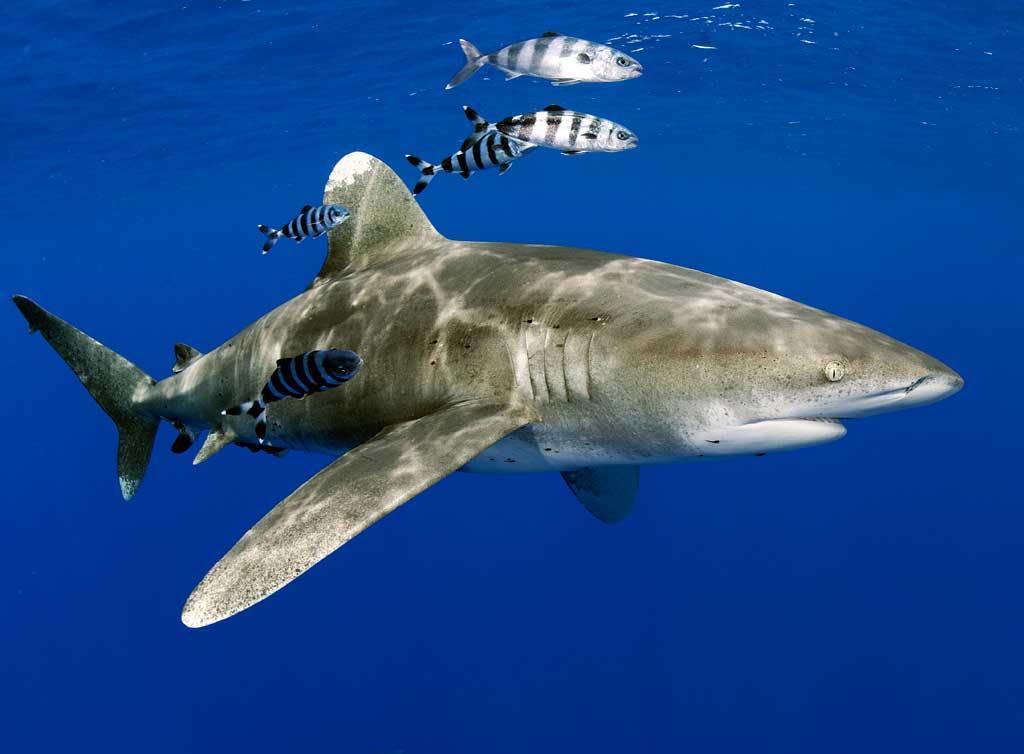
However, that doesn't mean that the oceanic white tip is a small shark. In fact, the largest specimen ever measured was an impressive 4 m (13 ft) in length, although a more usual maximum is about 3.5 m (11.5 ft). As with many sharks, female oceanics get the largest, although only by about 10 cm (3.9 in) compared to similarly aged mature male individuals.
Oceanic Whitetip Shark Carcharhinus longimanus Shark Database
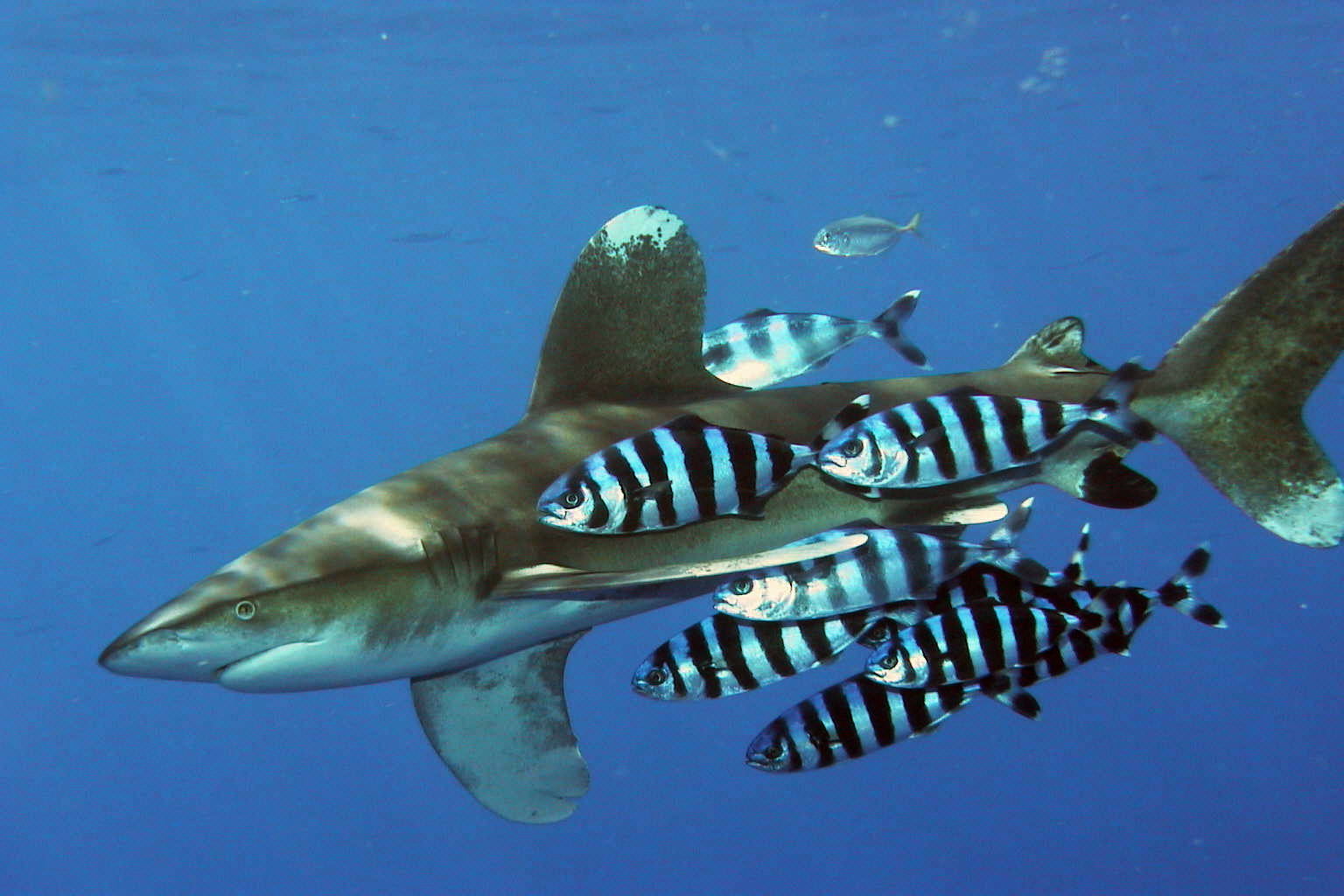
Front view of an oceanic whitetip shark swimming near the surface of the water. Photo courtesy of John Carlson. Historic accounts from the 1950s and 1960s show that oceanic whitetip sharks were once abundant throughout their range.
Finformation Oceanic Whitetip Shark

Oceanic whitetip sharks are found all over the world—they used to be one of the most abundant shark species in the ocean. Unfortunately, their populations have decreased by about 70-80%, leading them to be listed as "Threatened" under the U.S. Endangered Species Act. This is primarily because they have been caught in large numbers as.
Oceanic Whitetip Shark Facts, Habitat, Diet, Life Cycle, Pictures
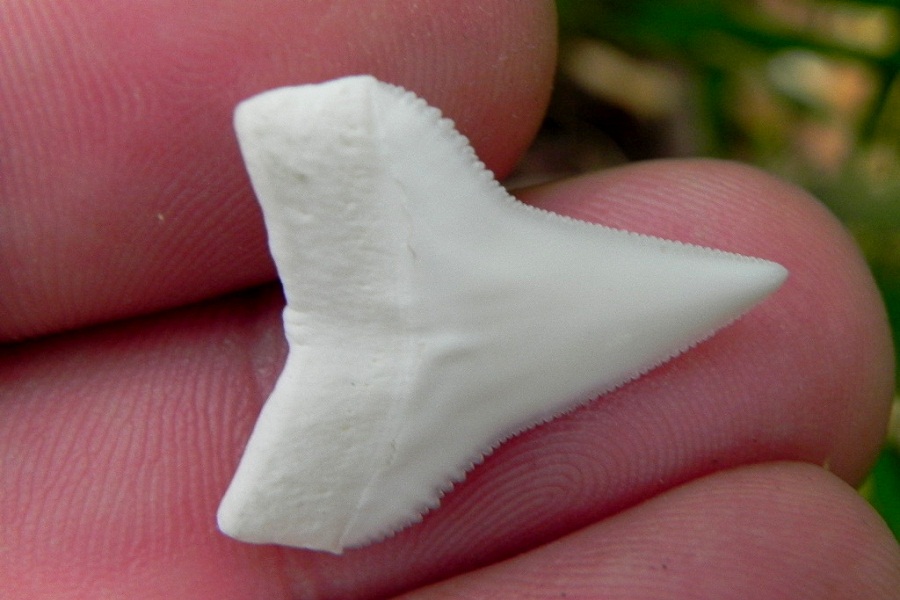
The Oceanic Whitetip is a species of shark in the same family (Carcharhinidae) as the Blacktip, Bull and Spinner Sharks, amongst others. Sharks in this family are also known as "requiem" sharks. "Requiem" is said to derive from the ancient Norman French word "reschignier" - to bare teeth or grimace. Stocky and large, they are grey.
FileOceanic Whitetip Shark.png Wikipedia, the free encyclopedia

The oceanic whitetip shark is one of the most widely ranging sharks, common throughout the warm latitudes of all oceans. It lives in the open ocean, where it is a predator at the top of pelagic food webs.
Oceanic Whitetip Shark (Carcharhinus longimanus) ANGARI Foundation
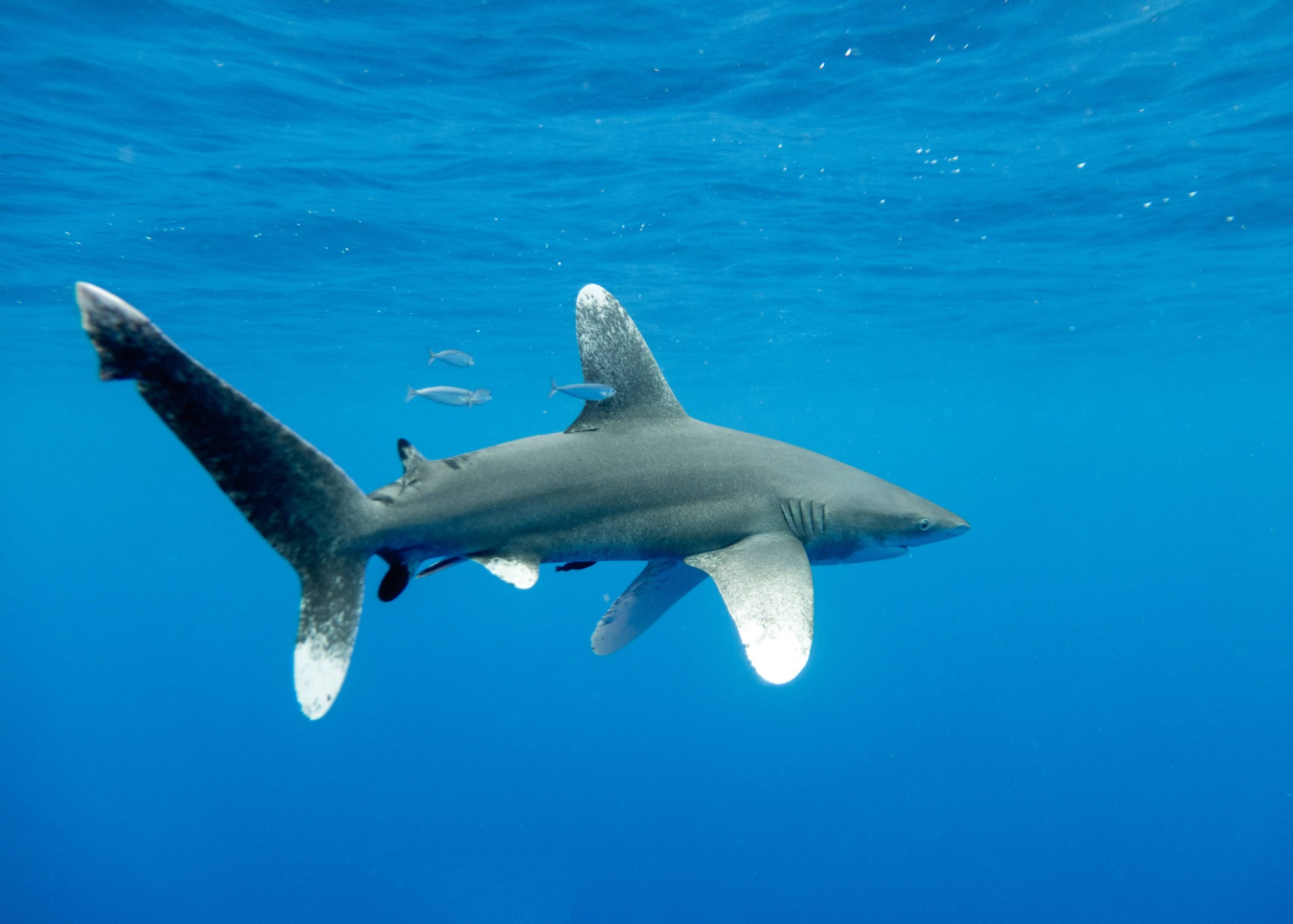
Facts about the Oceanic whitetip shark - Carcharhinus longimanus from the Shark Research Institute (SRI). SRI conducts and sponsors rigorous, peer-reviewed field research about sharks and uses science-based information to educate and advocate for shark conservation policies and protections by the world's governing bodies, including CITES.
Saving Endangered Oceanic Whitetip Sharks from Extinction Shark Stewards

Oceanic Whitetip Shark Carcharhinus longimanus This large shark is readily recognized by its long white-tipped paddle-like pectoral fins and rounded first dorsal fin (Compagno et al. 2005). Solitary and slow moving, it prefers the upper layers of deep-water areas, where it is an opportunisti
1 Modern Oceanic white tip Shark Tooth 20 inch long Etsy
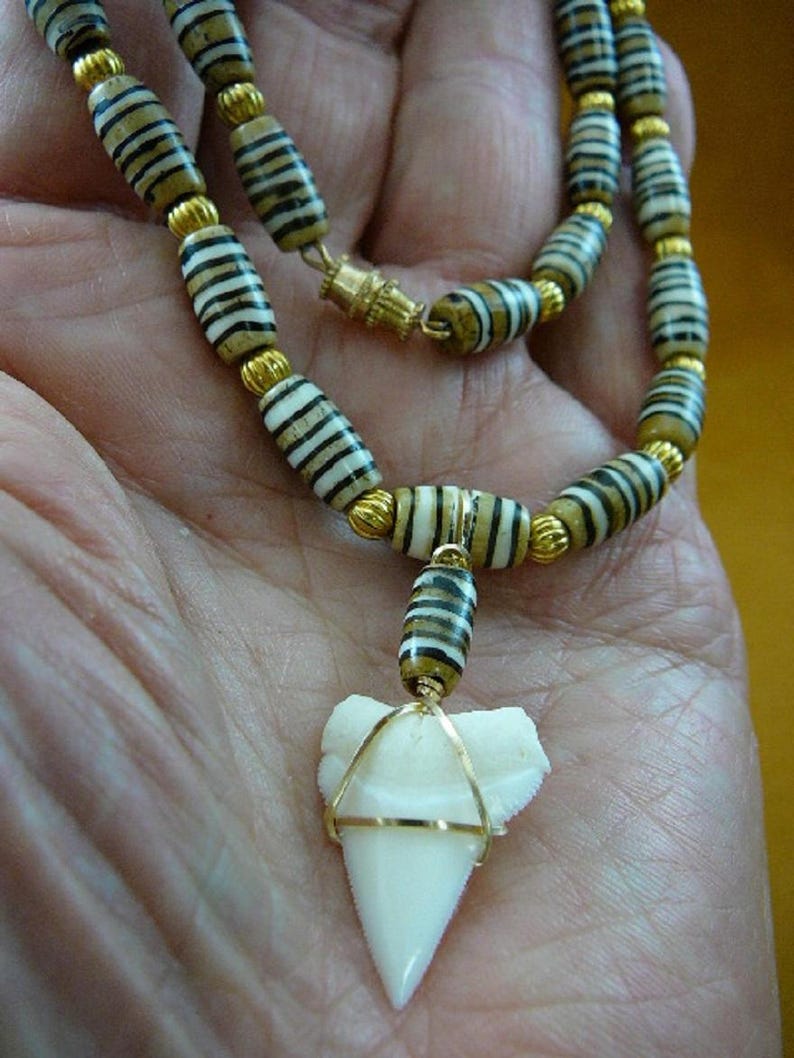
Oceanic Whitetips have a historic reputation as being one of the most dangerous sharks in the ocean, alongside the Great White, Mako, Bull and Tiger shark, however only 5 bites have been recorded since 2009. Famous explorer Jacques Cousteau is quoted to have called these sharks "the most dangerous of all sharks"!
.